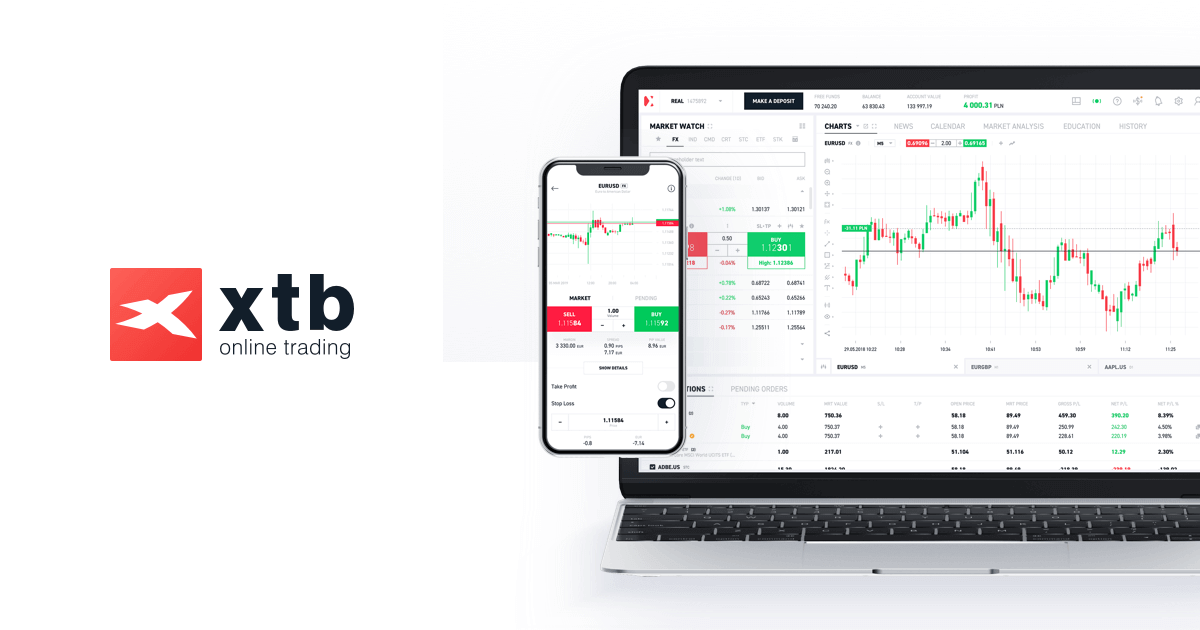John Williams, the president of the New York branch of the Federal Reserve, shared his insights on the US economy and monetary policy. While he predicts interest rate cuts later in the year, he cautioned about inflation surprising policymakers. As a result of this news, USDIDX futures on the dollar index experienced a slight decline of 0.07%.
Williams acknowledged that the US economy is currently in a favorable position, but expressed uncertainty about what lies ahead for US monetary policy. He emphasized the importance of monitoring the trend of inflation, especially since recent data has been below expectations. While inflation dropped more rapidly than anticipated last year, progress in reducing it has been met with challenges.
Despite positive supply shocks benefiting the US economy, Williams noted that there is a significant level of uncertainty surrounding its future performance. He stated that inflation is on track to reach 2%, but expects further fluctuations. The balance between inflation and unemployment is improving, with inflation likely to range between 2.25-2.5% this year.
Williams also shared his projections for the unemployment rate to rise to 4% this year, with inflation returning to 2% next year. He anticipates a 2% growth in US GDP for the year. While there are concerns about strong inflation in rents, Williams does not see signs of a bubble forming and believes the labor market remains robust.
On the topic of balance sheet reduction, Williams emphasized that a slowdown in the process does not mean it is complete. Data indicates that reserve levels are still high, and the overall economic outlook remains uncertain. Williams stressed the importance of the Fed making data-driven decisions.
Commercial real estate poses a concern for William’s as he believes it will require time to resolve issues in this sector due to current market conditions and global economic factors impacting property demand and supply chain disruptions affecting construction costs which have made it difficult for developers to meet their obligations on new projects or refinance existing ones as well as increased regulatory scrutiny around financing structures which could lead to higher capital requirements or stricter lending standards which would increase borrowing costs for commercial real estate developers leading to reduced profitability and even bankruptcy for some projects while some may be able to weather these challenges by restructuring their debt or finding new financing sources . Despite this challenge however Williams stated that monetary policy remains well positioned to meet its objectives


